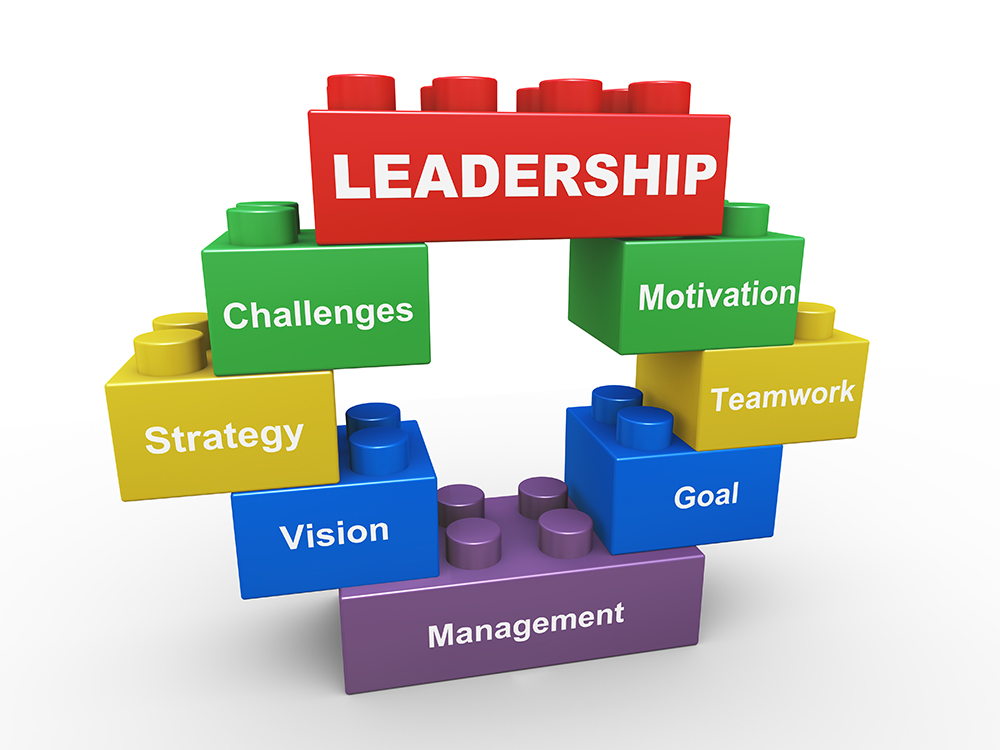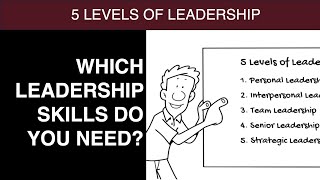The Importance of Leadership Development Training
Leadership development training is a crucial investment for organizations looking to cultivate effective leaders who can drive success and growth. Effective leadership is not just about having a title or position; it’s about inspiring and guiding others to achieve common goals.
Here are some key reasons why leadership development training is essential:
Enhancing Leadership Skills
Leadership training programs provide individuals with the opportunity to enhance their leadership skills, such as communication, decision-making, problem-solving, and emotional intelligence. These skills are vital for effective leadership in today’s dynamic business environment.
Fostering Innovation and Adaptability
Effective leaders are able to foster innovation and adaptability within their teams and organizations. Leadership development training helps leaders think creatively, embrace change, and navigate challenges with resilience.
Building High-Performing Teams
A strong leader knows how to build and lead high-performing teams. Leadership development programs focus on team dynamics, collaboration, conflict resolution, and motivation techniques to help leaders create cohesive and productive teams.
Driving Organizational Success
Leadership development training plays a critical role in driving organizational success by aligning leadership behaviors with strategic objectives. Well-trained leaders can inspire employees, improve performance, foster a positive work culture, and ultimately contribute to the overall success of the organization.
Nurturing Future Leaders
Investing in leadership development training nurtures future leaders within the organization. By identifying and grooming potential leaders early on, companies can ensure a pipeline of capable individuals ready to step into key roles as the organization grows and evolves.
In conclusion, leadership development training is not just a one-time event but an ongoing process that empowers individuals to lead with confidence, integrity, and vision. Organizations that prioritize leadership development are better positioned to thrive in today’s competitive landscape.
Exploring Leadership Development Training: Programs, Definitions, Pillars, and Steps
- What is an example of leadership development training program?
- What is leadership development training?
- What are the 4 pillars of leadership development?
- What are the 5 steps of leadership development?
What is an example of leadership development training program?
An example of a leadership development training program is a comprehensive workshop designed to enhance key leadership skills such as communication, decision-making, and conflict resolution. This program may include interactive sessions, case studies, role-playing exercises, and feedback mechanisms to help participants practice and refine their leadership abilities. Additionally, the training could focus on topics like emotional intelligence, team building, strategic thinking, and effective delegation. By immersing participants in real-world scenarios and providing them with tools to navigate complex leadership challenges, this type of program equips individuals with the knowledge and skills needed to lead with confidence and effectiveness in various professional settings.
What is leadership development training?
Leadership development training is a structured and intentional process designed to enhance the skills, knowledge, and abilities of individuals in leadership positions or aspiring leaders. This type of training aims to cultivate effective leadership qualities such as communication, decision-making, emotional intelligence, and strategic thinking. Through workshops, seminars, coaching sessions, and experiential learning opportunities, participants engage in activities that help them develop the confidence and capabilities needed to lead teams, drive organizational success, and inspire others towards a common vision. Leadership development training is a proactive approach taken by organizations to invest in their talent pool and ensure the continuous growth and development of their leaders.
What are the 4 pillars of leadership development?
The four pillars of leadership development encompass key elements that are essential for cultivating effective leaders within organizations. These pillars typically include self-awareness, communication skills, decision-making abilities, and emotional intelligence. Self-awareness involves understanding one’s strengths, weaknesses, values, and leadership style. Strong communication skills are vital for conveying ideas, building relationships, and inspiring others. Effective decision-making is crucial for navigating complex challenges and driving strategic initiatives. Lastly, emotional intelligence plays a critical role in managing emotions, empathizing with others, and fostering positive relationships in the workplace. By focusing on these four pillars, organizations can develop well-rounded leaders who can lead with confidence and impact.
What are the 5 steps of leadership development?
Leadership development is a structured process aimed at enhancing leadership skills and capabilities to drive organizational success. The five key steps of leadership development typically include assessment, planning, learning, practice, and feedback. Assessment involves identifying strengths and areas for improvement through tools like 360-degree assessments or personality assessments. Planning entails setting specific goals and creating a personalized development plan. Learning involves acquiring new knowledge and skills through training programs, workshops, or coaching sessions. Practice allows leaders to apply their learning in real-world scenarios and gain practical experience. Feedback is essential for continuous improvement, as it provides insights on performance and areas needing further development in the leadership journey. By following these five steps effectively, individuals can develop into effective leaders who inspire others and lead their organizations to success.




